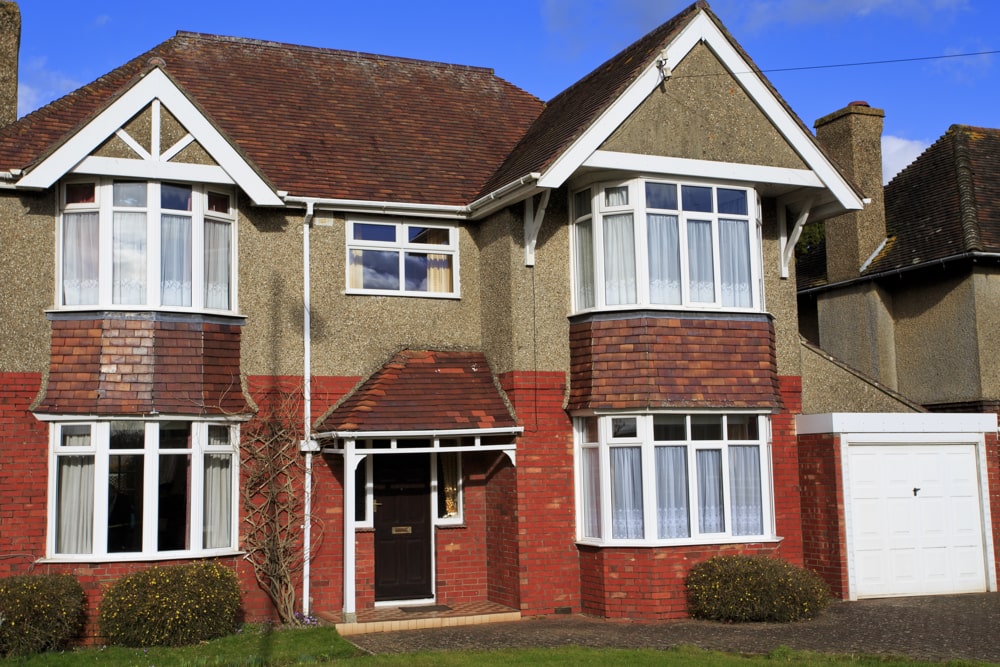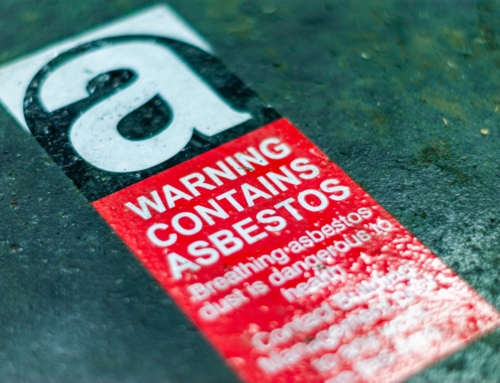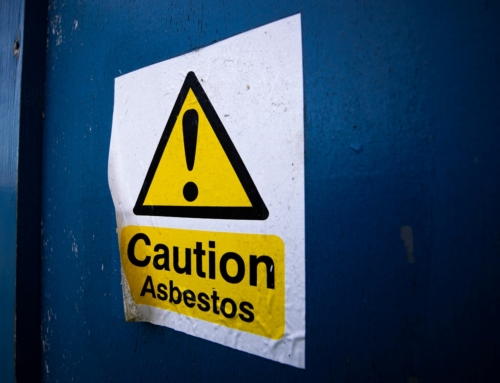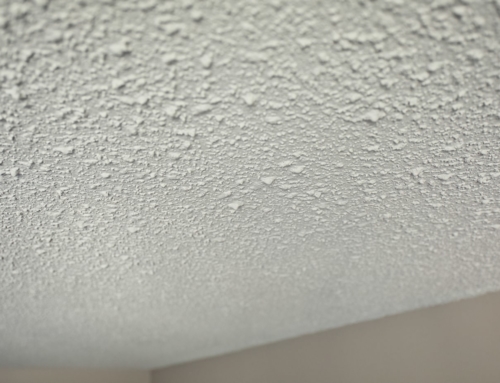Before its total ban in 1999, asbestos was hailed as a wonder material in construction and housebuilding, used for many different applications. It was particularly popular during the 1960s and 1970s (although it was also used extensively before this), which is why it’s still found in many houses and flats built during this time.

For homeowners of properties built then, it’s important to have good asbestos awareness and know the right time for its removal, if necessary, especially if you’re planning a renovation.
When was asbestos used?
Due to a range of desirable characteristics, asbestos had widespread use in construction from 1930, but was particularly popular in housebuilding during the 1960s and 70s. It was commonly used in materials used for insulation, roofs, floors, textured coatings and ceiling tiles.
The 60s also saw a boom in the highest risk forms of asbestos-containing materials (ACMs), such as asbestos insulation board. Unfortunately, the dangers to health weren’t known at the time, so it can still be found in multiple locations within a property.
Where is asbestos found in 1960s and 1970s houses?
In houses built during the 1960s and 1970s, asbestos can be present in lots of areas, posing a risk to occupants and contractors if it’s disturbed. Typical spots where you’ll find ACMs lurking include insulation around pipes, boilers and ductwork.
Other common ACMs are textured ceilings and walls (Artex), corrugated asbestos cement sheets on roofs, vinyl floor tiles (and the adhesives used to fix them), garages, farm buildings and more.
Should you get an asbestos survey if you live in an older property?
If you live in a property built before 2000, or if you suspect that ACMs are still present, it’s a good idea to arrange for a professional asbestos survey to be carried out. You may also wish to do this if you’re planning to sell a property with asbestos.
During an asbestos inspection, an expert will safely identify any areas where they think asbestos may be present and assess its condition if they’re able to do so. They may also take samples if needed (e.g., you’re planning refurbishment work). The results of the survey should enable you to assess exposure risks and plan its ongoing management. You may decide to leave the asbestos in situ or ask for a safe removal.
What is an asbestos refurbishment survey?
An asbestos refurbishment survey is more intrusive than your average asbestos assessment. They’re specifically designed for properties undergoing renovation or refurbishment work. This is one of the riskiest times for any ACMs left in situ within a property as even having vibrating tools and machinery working nearby could disturb the fibres.
During the inspection, a licensed asbestos surveyor will perform in-depth checks throughout the property, including concealed areas, to identify ACMs that could get disturbed during the renovation process. This provides essential information to plan a safe renovation with appropriate precautions to prevent asbestos exposure. If required, your contractor can also plan how to remove the asbestos safely during the work.
Need an asbestos surveyor in London and Surrey? Get in touch
Goodbye Asbestos performs safe asbestos surveys and removals across the area, including Haywards Heath and Headley Down. To book an asbestos service, contact us.




